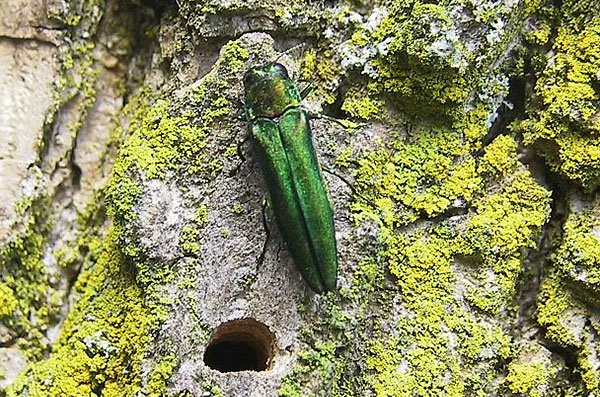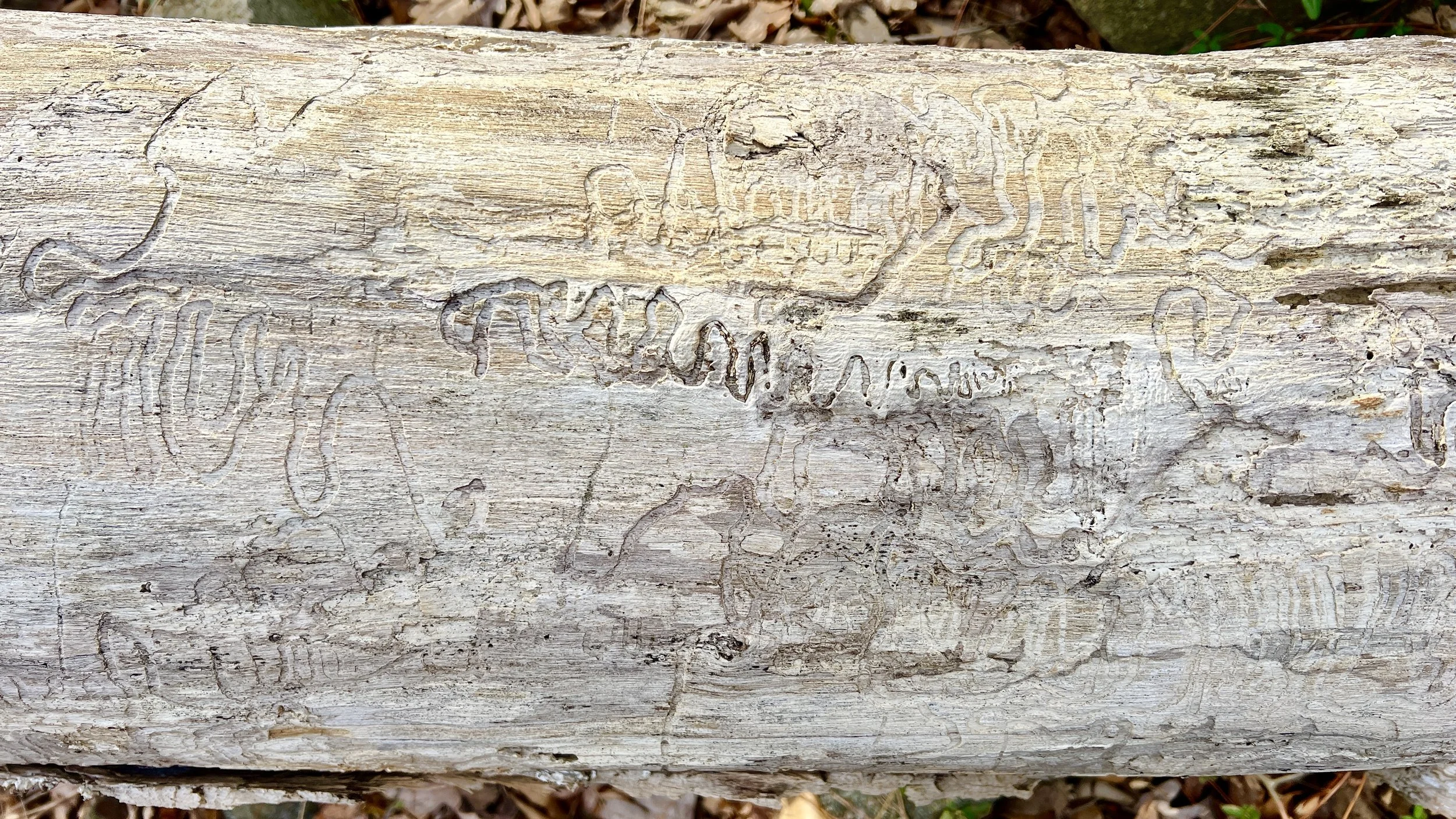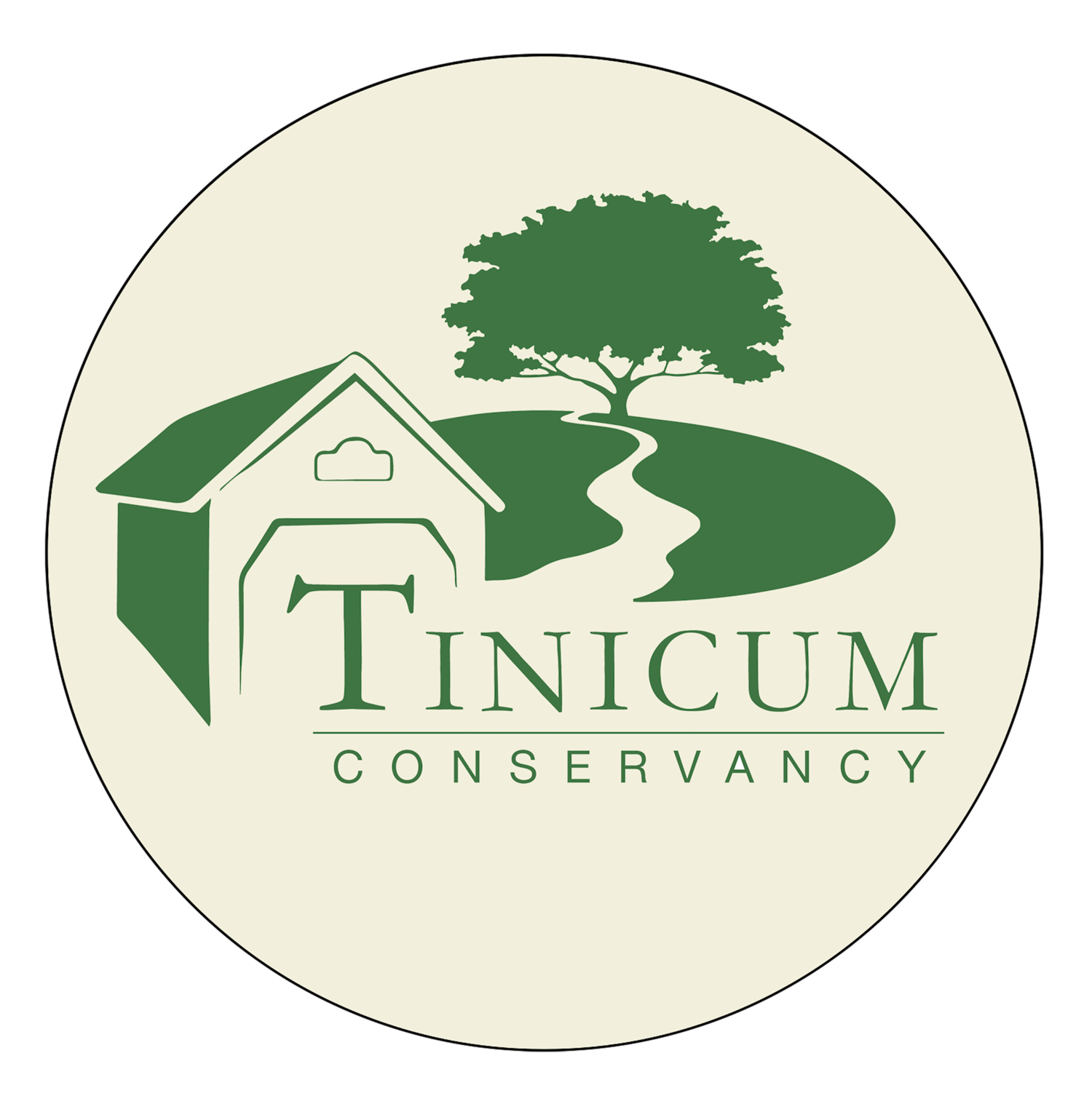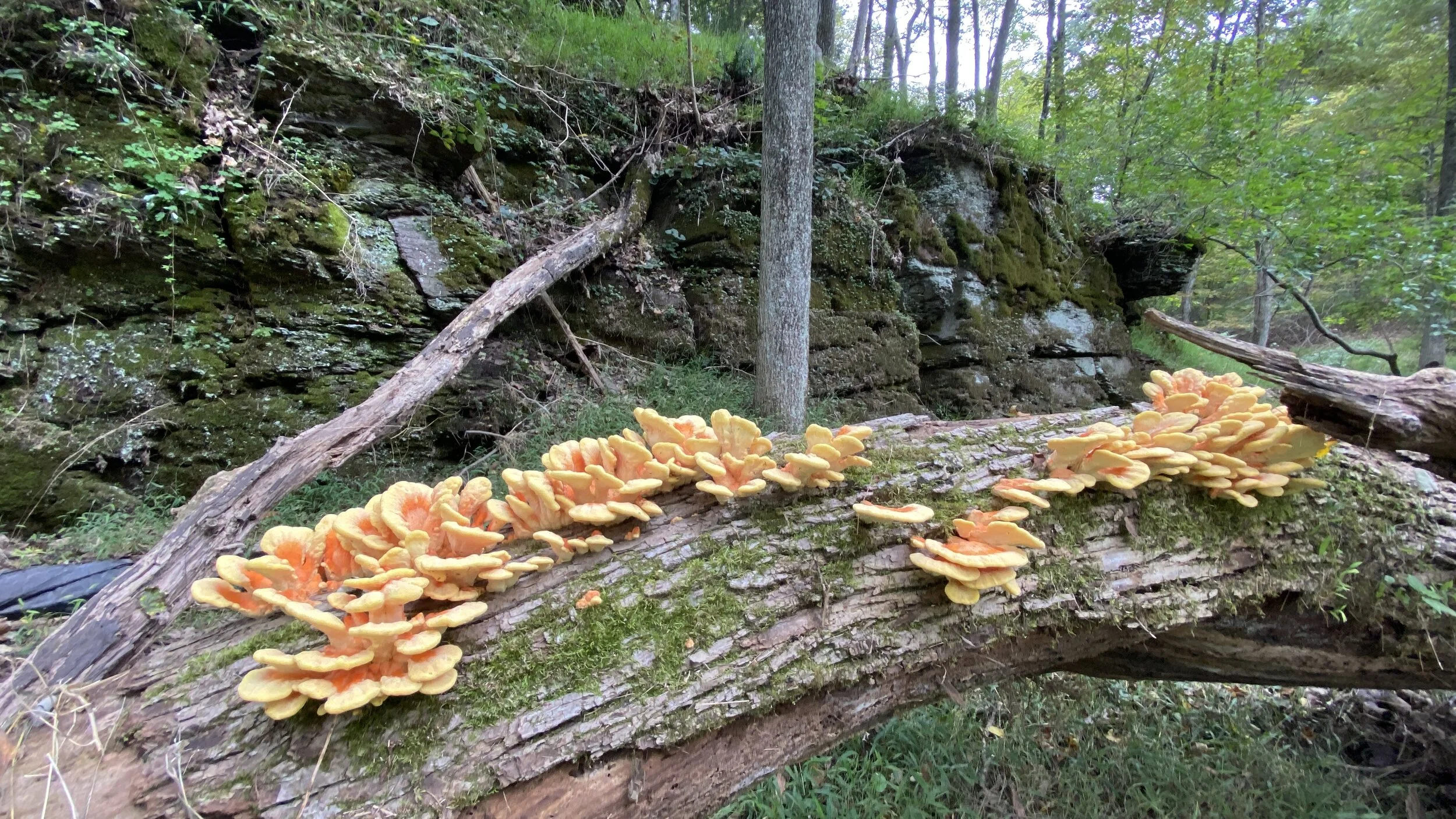
The Emerald Ash Borer
Your Conservation Easement and Ash Trees
We get it. The emerald ash borer (EAB) is wreaking havoc on every species of ash tree across 36 states and Canada and moving fast. It’s sad and frustrating, and sometimes even dangerous. Our forests and landscapes will be significantly changed for a very long time. There are remedies in use and more on the horizon, but currently no treatment is easy or cheap.
Without treatment, EAB-infected ash trees will die within 2-4 years of initial infection. Once infected, the ash trunk and limbs become very brittle and can break unexpectedly. A windy day, heavy rain, or the weight of snow and ice can cause limbs or whole trunks to fracture and fall. Landowners must consider treatment or removal of ash trees where falling limbs can pose a serious threat to persons or property.
If you are willing and able to treat your ash trees against the EAB, kudos! We applaud your efforts to save even one tree. But we understand that not everyone has the means or ability to treat their trees. In some cases, infected trees may be beyond saving. What are your options? And what if your conservation easement contains restrictions against cutting trees?
-

Typical Emerald Ash Borers are 10-13 mm in length and a bright, metallic, emerald green color, with varying amounts of brassy, coppery or reddish reflections. The exit holes in the bark are distinctly D-shaped and small (about 1/8–1/4 of an inch).
-

Hidden underneath the bark, Emerald Ash Borers make a series of “S” shaped tracks as they tunnel through the tree.
-

Often one of the first signs of a problem may be visible in the canopy of the tree, where thinning of the leaves will occur, especially at the top of the tree and on the outer branches.
What does your conservation easement say?
If you have dead and/or dying ash trees on your property and you also have a conservation easement that may protect trees from being cut or removed, here are some things to consider:
Many easements allow landowners to remove any tree that poses an immediate hazard to person or property, without review or approval from Tinicum Conservancy. Some easements require landowners to gain approval first. If you’re not sure what yours says, we can help.
Some easements restrict the removal of trees in certain protected locations. For example, hazard trees may be removed from within a building envelope without conservancy approval but cutting trees from the woods or forest protected by your easement may require approval. If you’re not sure what your easement says, we can help.
The bottom line: if you have an easement and wish to remove damaged or dead ash trees, please consult your conservation easement first. We are happy to help determine if conservancy approval is required. This is especially true if you wish to do a proactive removal of living, healthy ash trees.
Removal vs Treatment vs No Management?
$$$ Removing trees is expensive, but a one-time cost. Tree removal can range from $2000-$3000 per tree. And due to the danger of a brittle EAB-infected tree, arborists may charge even more to bring in safety equipment for the job. A certified arborist can estimate the cost for removal given your unique situation.
$$ Some landowners save on extra removal expenses by preemptively removing live, healthy ash trees before they become brittle and significantly more dangerous to take down. In locations where ash trees cannot or will not be treated and will eventually become a danger to person or property, this is a potential cost-saving proactive option.
$$ Treatment: If you have one or a few very large or otherwise significant ash trees on your property that you wish to save, trunk injection or soil drench treatments are very effective if applied prior to EAB infection, or before more than 25% of the tree canopy shows signs of distress. A certified arborist is the best person to determine if your tree can be saved, by what method and at what cost. Cost ranges based on the diameter of the treated tree(s). Treatment is required once every 1-2 years but is still generally more affordable than removal.
$ Leave them alone: In some circumstances, allowing dead wood to remain where it falls can have numerous ecological benefits. If your ash trees are located where falling limbs pose no threat of liability to persons or structures, such as in a hedgerow or woodland/forest, allowing your ash trees to naturally fall as they die is the least expensive option.
A word about township permitting…
Conservation easements require any activities on a property to also meet all township zoning requirements. Tinicum Township recently amended their tree harvesting ordinance to allow for removal of sick or dying trees above certain limits. In addition to understanding your conservation easement, landowners should also check with their township zoning officer regarding any needed permits for tree removal.
Safety First!
If you have any ash trees that are located where falling limbs could be dangerous to persons or damaging to structures, such as near your home and outbuildings, over your driveway or powerlines or near a recreational structure like a swing set, riding ring or tennis court - please just alert Tinicum Conservancy of your plans to remove that tree. You do not need permission from the conservancy to protect your home or family.
Ecological considerations: When a tree dies, its life is only half over!
If safety isn’t an issue, allowing your dead ash trees and limbs to fall naturally to the ground can provide great ecological benefits.
The ecological value of dead and dying wood (deadwood) cannot be overestimated. It is a vital element of a healthy forest and wildlife ecosystem. Deadwood releases nutrients, prevents soil erosion, stores moisture, protects and feeds seedlings and supplies food and shelter for wildlife. As a tree’s health begins to decline, its wood becomes weak and soft, which is ideal for the work of cavity excavators such as ants and beetles and woodpeckers who seek insects for food. Many wildlife species use cavities for sanctuary against weather, for nesting and brooding. Bats, butterflies, flying squirrels, wood ducks, bluebirds, owls, chickadees, raccoons and even mice and salamanders are just a few that seek out roosting cavities in standing deadwood trees. On the forest edge, those standing dead trees are hunting perches for flycatchers, hawks and owls. At the water’s edge, kingfishers, osprey and eagles use deadwood trees for hunting and perching. Woodpeckers and grouse utilize the resonant qualities of deadwood for drumming – a communication technique to attract mates and establish territory. On the ground, that soft wood can soak up many times its weight in rain water, preventing flooding and soil erosion and creating moist fertile spaces for new seedlings to establish. Decaying wood provides habitat, safe cover, egg-laying and foraging sites for salamanders, turtles and snakes, as well as habitat and nutrients for fungi and insects that become food sources for larger creatures. Over time, as deadwood decays, it slowly releases nutrients to the soil, supporting a new generation of seedlings. And branches of fallen trees act as natural cages around those new seedlings to protect them from animal browsing.
While the decline of our ash trees may be sad, consider allowing your dying trees to fall naturally so that their deadwood may express its many ecological benefits for the very vital second half of its life.
While the decline of our ash trees may be sad, consider allowing your dying trees to fall naturally so that their deadwood may express its many ecological benefits for the very vital second half of its life.

